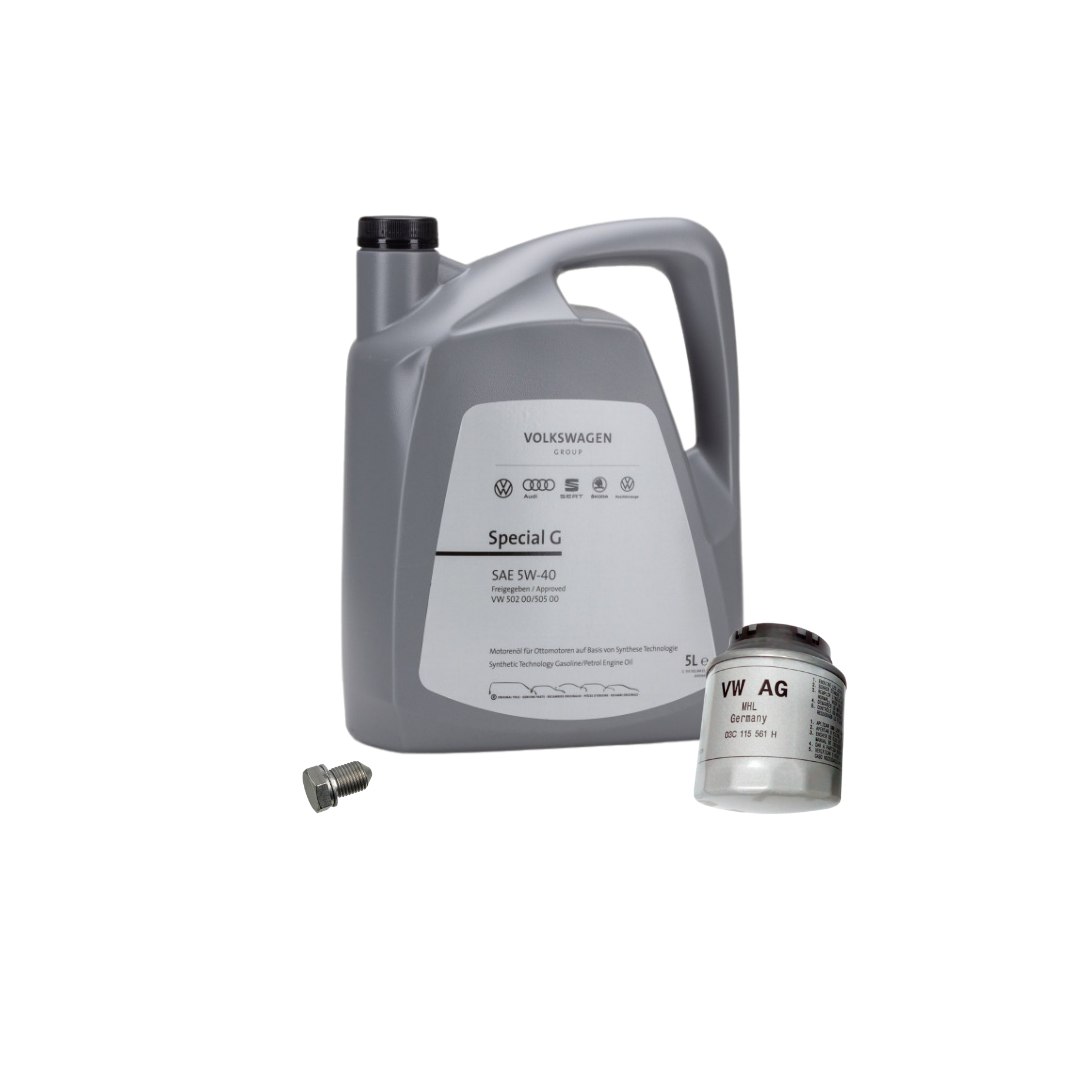Enhance productivity with a powerful clp engine.
Enhance productivity with a powerful clp engine.
Blog Article
Just How a Clp Engine Can Improve Performance in Numerous Industries
The introduction of CLP engines notes a considerable change in operational performance across different sectors, driven by their capability to optimize fuel intake and decrease downtime. Industries such as manufacturing and logistics stand to obtain considerably from their durable design and consistent power result, which guarantee to improve operations and improve productivity. As organizations significantly prioritize sustainability along with efficiency, the function of CLP engines becomes a lot more essential. What stays to be seen is how these improvements will form the future landscape of industrial procedures and their effect on more comprehensive financial trends (clp engine).
Overview of CLP Engines
CLP engines, or Continuous Fluid Propellant engines, stand for a substantial advancement in propulsion modern technology, particularly for area applications. These engines make use of a continuous feed system that enables for the sustained expulsion of propellant, bring about enhanced performance and efficiency contrasted to standard solid or hybrid propulsion systems. By preserving a constant circulation of liquid propellant, CLP engines can accomplish a lot more specific thrust control, which is essential for maneuvering spacecraft in various mission circumstances.
The style of CLP engines integrates innovative products and cutting-edge fuel administration systems. clp engine. This leads to decreased weight and boosted reliability, important variables for long-duration space objectives. In addition, the constant operation minimizes the threat of combustion instability, a common challenge in standard rocket engines.

Benefits in Manufacturing
The production of Constant Liquid Propellant (CLP) engines provides numerous significant advantages that improve both efficiency and cost-effectiveness. One of the key benefits is the streamlined manufacturing procedure, which decreases the intricacy connected with typical propulsion systems. By using liquid propellant, manufacturers can accomplish greater precision in engine performance, causing enhanced power outcome and decreased waste.
Furthermore, CLP engines assist in a greater degree of modularity, permitting less complicated combination right into various manufacturing lines. This flexibility can dramatically decrease preparations and boost general functional flexibility. The usage of CLP modern technology additionally tends to reduce the requirement for extensive upkeep as a result of less moving parts, which equates into lowered downtime and operational expenses.

Applications in Logistics
Leveraging Continuous Liquid Propellant (CLP) engines in logistics provides considerable benefits in functional effectiveness and reliability. These engines supply a robust service for various transport requirements, allowing the smooth motion of products across vast ranges. The integral style of CLP engines permits regular power output, which converts right into smoother and much more foreseeable transport schedules.
Among the essential applications of CLP engines click this link in logistics is in heavy-duty freight transportation, where they can drive both ground and aerial cars. Their capability to keep high efficiency under differing load conditions makes certain that shipment timelines are satisfied, thus improving client complete satisfaction. In addition, CLP engines can be incorporated into automated logistics systems, promoting real-time tracking and optimizing route planning.
Additionally, the resilience of CLP engines decreases maintenance downtime, permitting logistics firms to optimize their operational capacities. This is particularly beneficial in warehousing procedures, where performance in taking care of and delivering items is important. As logistics proceeds to evolve, the integration of CLP engines represents a forward-thinking approach that not only boosts efficiency however additionally sustains the sector's growing needs for reliability and speed.
Influence On Power Efficiency
Exactly How do Continual Liquid Propellant (CLP) engines enhance energy effectiveness in transport? CLP engines use a regular circulation of liquid fuel, enhancing burning processes and maintaining a steady thrust outcome. This design minimizes power losses associated with traditional burning engines, where gas distribution can vary and result in inefficiencies.
The continual procedure of CLP engines enables for an extra reliable thermal cycle, leading to greater details impulse compared to traditional engines. clp engine. This equates to lowered fuel intake for the same quantity of work done, dramatically lowering operational costs throughout numerous transportation fields, consisting of air travel and maritime markets
Furthermore, the capability of CLP engines to keep ideal performance under differing lots weblink problems reduces the demand for constant velocity and deceleration, better boosting fuel effectiveness. Boosted power efficiency not only contributes to set you back financial savings however likewise results in lower greenhouse gas exhausts, straightening with global sustainability goals.
Future Trends and Innovations
Emerging improvements in Continual Liquid Propellant (CLP) engine technology promise to change the landscape of transportation effectiveness and sustainability. As industries pivot towards greener choices, CLP engines stand at the forefront, incorporating innovative products and layout methodologies that boost efficiency while decreasing ecological effect.
Among the most appealing fads is the fostering of crossbreed systems that integrate CLP engines with sustainable energy resources. This synergy can maximize gas consumption and reduce exhausts, lining up with international sustainability objectives. Moreover, improvements in computational fluid characteristics (CFD) are helping with the design of more aerodynamically reliable engines, resulting in decreased drag and improved fuel effectiveness.
Additionally, the growth of clever monitoring systems is set to enhance operational efficiencies. These systems utilize information analytics and IoT innovation to enhance engine performance in real-time, ensuring that the engines run within their most effective specifications.
As research study proceeds to check next out different propellant formulations-- such as biofuels and synthetic gas-- the future of CLP engines looks appealing. By utilizing these developments, industries can not only boost their effectiveness however additionally add dramatically to a cleaner, more sustainable future in transport.
Final Thought
To conclude, CLP engines represent a considerable advancement in efficiency across multiple sectors. Their capability to optimize gas consumption and minimize operational expenses, integrated with a continual feed system, improves power outcome and operational dependability. The combination of innovative materials and fewer moving parts lessens upkeep requirements, while positioning with sustainability goals settings CLP engines as a crucial innovation for the future. Continued innovation in this field assures further enhancements in performance and environmental performance.
Report this page